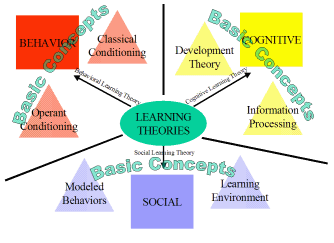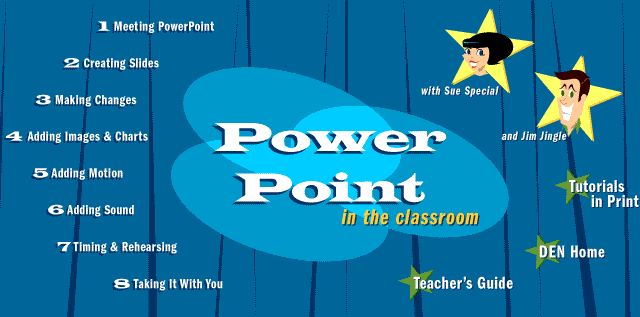-Reflect on the GAME
plan you developed and followed throughout the course. Summarize any new
learning that resulted from your following your GAME plan and explain what
impact your new learning will have on your instructional practice.
Over the past seven weeks of this course, I have learned a great deal while implementing my GAME plan. I will admit at first, back in Week one when we had to write a GAME plan, I was not really into it , I felt very lost and confused with this series of assignments. Now, I feel as though my GAME plan has been very successful. I am also infusing more technology into my lessons every day at school and the students really seem to be more motivated to learn because of it. I found the GAME Plan to be a great way to keep me on track with my goals. Knowing that I had these goals and a plan pushed me to accomplish those goals. Due to the positive results I have seen in my instruction as well as my own motivation through implementation of my GAME plan, I intend to continue building my technological repertoire even after this course ends.
Over the past seven weeks of this course, I have learned a great deal while implementing my GAME plan. I will admit at first, back in Week one when we had to write a GAME plan, I was not really into it , I felt very lost and confused with this series of assignments. Now, I feel as though my GAME plan has been very successful. I am also infusing more technology into my lessons every day at school and the students really seem to be more motivated to learn because of it. I found the GAME Plan to be a great way to keep me on track with my goals. Knowing that I had these goals and a plan pushed me to accomplish those goals. Due to the positive results I have seen in my instruction as well as my own motivation through implementation of my GAME plan, I intend to continue building my technological repertoire even after this course ends.
-Describe any immediate adjustments you will make to your instructional
practice regarding technology integration in your content area(s) as a result
of your learning from this course.
One immediate change that I am making to my technology integration is implementing the use of more real-world problem applications along with the technology. I would also like to incorporate more problem-based learning into my curriculum to promote more self-directed learning. I want my students to take responsibility for what they are learning and teach themselves that they can do something if they put their minds to it. I think I have finally grown to appreciate my blog and the valuable advice my peers have given me. I hope to keep posting to this blog, and I hope my peers continue to follow me and offer advice.
One immediate change that I am making to my technology integration is implementing the use of more real-world problem applications along with the technology. I would also like to incorporate more problem-based learning into my curriculum to promote more self-directed learning. I want my students to take responsibility for what they are learning and teach themselves that they can do something if they put their minds to it. I think I have finally grown to appreciate my blog and the valuable advice my peers have given me. I hope to keep posting to this blog, and I hope my peers continue to follow me and offer advice.
Reference:
Cennamo, K., Ross, J. & Ertmer, P. (2009). Technology
integration for meaningful classroom use: A standards-based approach. (Laureate
Education, Inc., Custom ed.). Belmont, CA: Wadsworth, Cengage.













